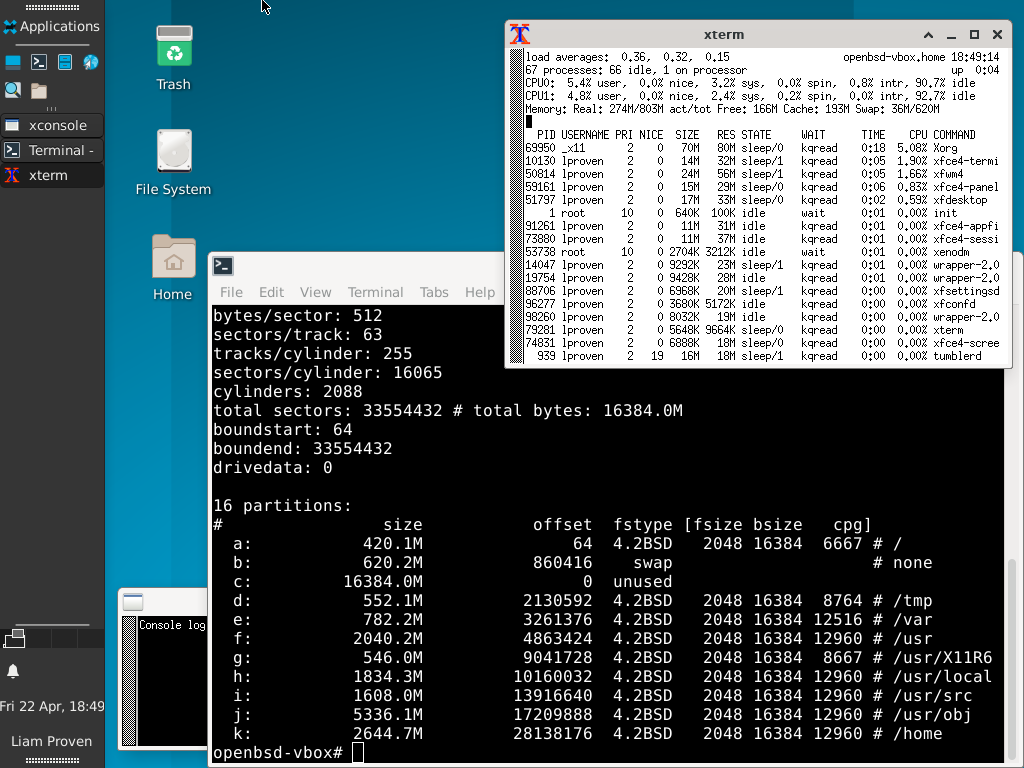

In a terminal, run: softwareupdate -install-rosetta -agree-to-license

Then there’s Docker, which will run fine on Apple Silicon, but can cause frustration when trying to build & deploy to a non-M1 environment. For instance, for Python, there are many packages with C-extensions whose binaries are not yet built for the M1, causing a lot of headaches (I’m looking at you, grpcio, tensorflow, librosa).
#ITERM M1 SUPPORT SOFTWARE#
While many apps for macOS have transitioned to running on M1 machines, there are still a lot of non-user-facing (a.k.a developer-facing) software and tools that do not play nicely. Rosetta 2 is an “emulator” or a translator for software built for Intel-based processors to run on Apple’s Silicon/M1 processors. To start, here are the relevant details of the machine I’m working with, as of the date of this post:
#ITERM M1 SUPPORT FREE#
Feel free to use the comment section to share what you’ve done differently. My approach may not work for you and your workflow or may not go far enough for you.I apologize! But I trust y’all are smart to figure out what’s missing. I may be missing some steps it was months ago that I got this computer.I’m sure conda can be helpful for some folks, especially if only working in science-, math-, and/or research-related projects. I specifically avoid using conda as I’ve found conda and virtual environments do not play nicely together.However, the approach used can be applied with bash or fish, for Ruby’s rbenv, Java’s jenv, Node’s nvm, anything that’s essentially path management. I focus on setting up zsh with Homebrew, pyenv, pyenv-virtualenv, and pipx.I’ve created a split setup, which tries to take advantage of the tools and packages that have indeed been made available for M1 machines, and use an emulated x86 environment when not. However, very few (if any) setup their computers to make use of the M1 processor – many just use the Rosetta emulator for everything. There are many write ups on how folks setup their Mac for development. I focus on Python development, but parts will help any type of development. This is me just sharing how I’ve setup my machine for development specifically for working on an M1 machine. This post will not include how I setup my terminal or zshell or editor for regular development. This isn’t a post to convince someone to upgrade, or to not upgrade.

I’ve gotten past most of the pain, but it took me a while to sit my lazy self down and figure out a workflow that works for me.
#ITERM M1 SUPPORT UPGRADE#
Well – I’ve gone through the pain myself, so you don’t have to!Ī bit ago, I got the opportunity to upgrade my work laptop to an M1 MacBook Pro. This post is a bit divergent from my usual write ups, but I know a few people off hand that are looking to upgrade their macs, and are a bit apprehensive to do so.


 0 kommentar(er)
0 kommentar(er)
